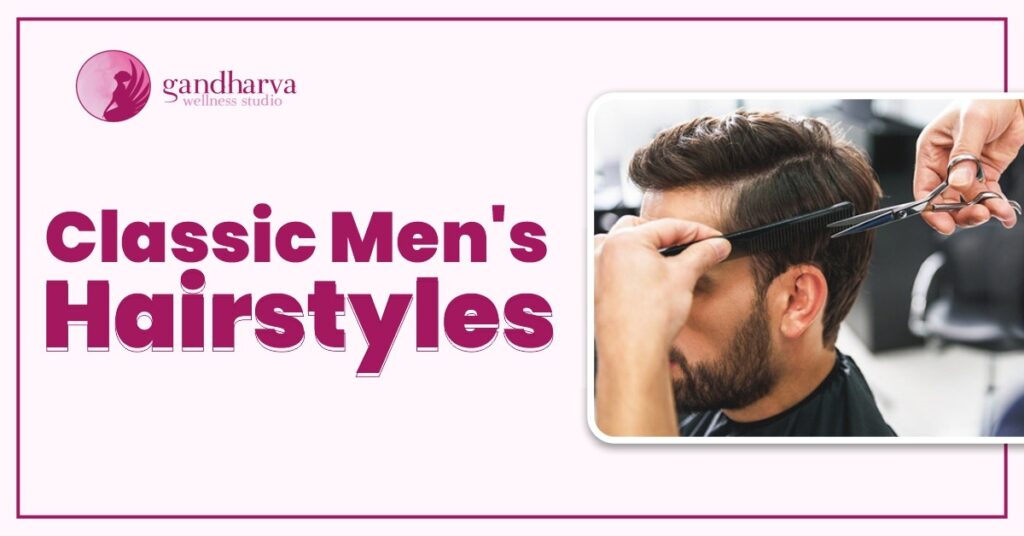
In the always-changing world of men’s grooming and style, hairstyles are essential for expressing personal taste and identity. Even though modern styles frequently rule the scene, classic men’s hairstyles have an enduring appeal that appeals to all age groups. From the rebellious charm of the 1990s to the sleek sophistication of the 1950s, certain hairstyles have made a lasting impression on pop culture and fashion. Here, we explore Classic Men’s Hairstyles that are deserving of a comeback in the present era.
1- The Pompadour:
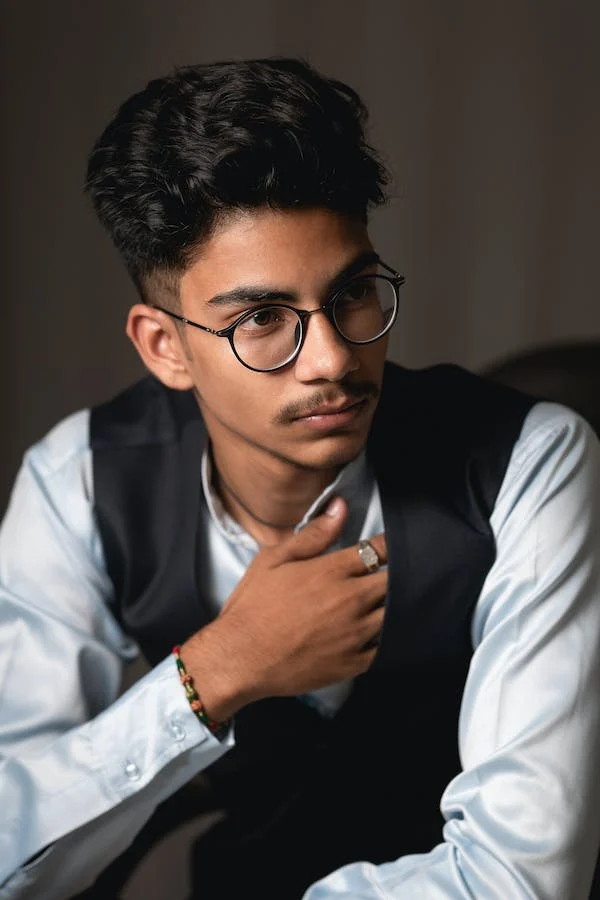
Named for Madame de Pompadour, the powerful mistress of French King Louis XV, the Pompadour hairstyle is a classic representation of elegance and masculinity in the 1950s. During the 18th century, Madame de Pompadour popularised the style, which was distinguished by its voluptuous top and neatly slicked-back sides. The 1950s saw a resurgence of the hairstyle as a masculine fashion statement, largely thanks to Elvis Presley, whose signature pompadour came to represent charisma and rebellion in rock ‘n’ roll.
Style-conscious men continue to seek out the Pompadour hairstyle because of its timeless appeal and adaptability, which provides a canvas for personalisation and creativity.
2- The Slicked-Back Undercut:
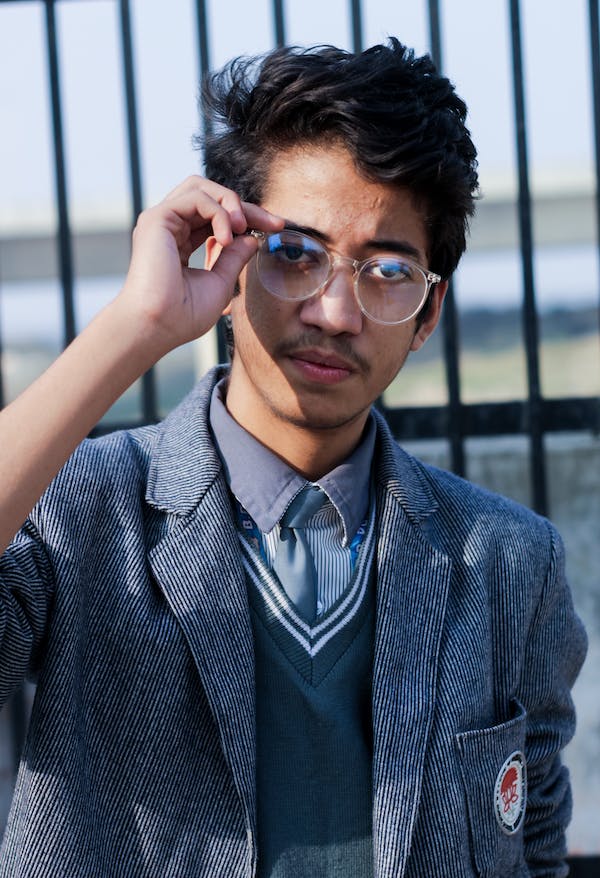
This hairstyle embodies a blend of edgy modernity and classic sophistication. The slicked-back undercut became popular in the 21st century, although the undercut itself dates back to the early 20th century. With its short, shaved sides and longer, slicked-back top, this dynamic hairstyle makes a powerful visual impression.
In recent years, the slicked-back undercut has become more and more popular among celebrities and trendsetters. Stars like Brad Pitt and David Beckham have been seen sporting the look, which highlights its boldness and versatility.
It stands out as a great option for guys looking to make a dramatic and fashionable statement because of its rebellious yet sleek design among Classic Men’s Hairstyles.
3- The Quiff:

In the ferocious spirit of 1950s rock ‘n’ roll, the quiff hairstyle first appeared as a daring and striking statement. Its origins can be found in the youth culture of post-World War II America, where it was associated with individualism and defiance.
The Quiff stands out everywhere it goes thanks to its voluminous front and tapered sides. The Quiff gained popularity due to celebrities like Johnny Cash and James Dean, who highlighted its timeless appeal and vintage charm.
The quiff is a great option for men looking to make a bold and fashionable statement among Classic Men’s Hairstyles because it allows for endless possibilities for personal expression and creativity, whether it is styled with a sleek, polished finish or a tousled, textured look.
4- The Classic Crew Cut:
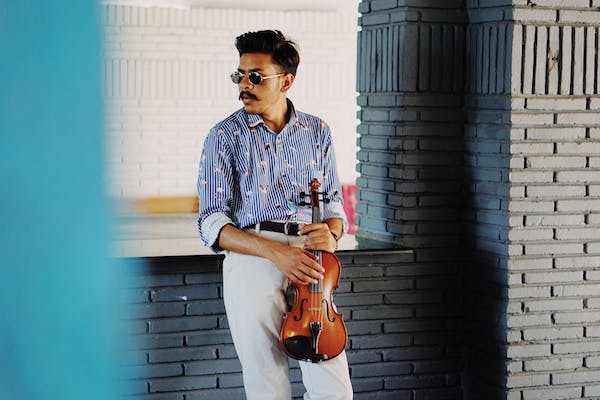
It is a classic men’s haircut that personifies refined masculinity and understated sophistication. Its roots are in the military grooming standards of the early 1900s, when its professionalism and practicality won them favour.
The Crew Cut became well-known to the general public in the middle of the 20th century when it became associated with simple, elegant fashion. It’s a timeless favourite in both formal and informal settings because of its uniform texture and short length, which radiate professionalism and confidence.
The Classic Crew Cut, which embodies timeless elegance and enduring appeal, is a staple choice for the modern gentleman, whether worn with a classic flat top or a slight taper.
5- The Flattop:
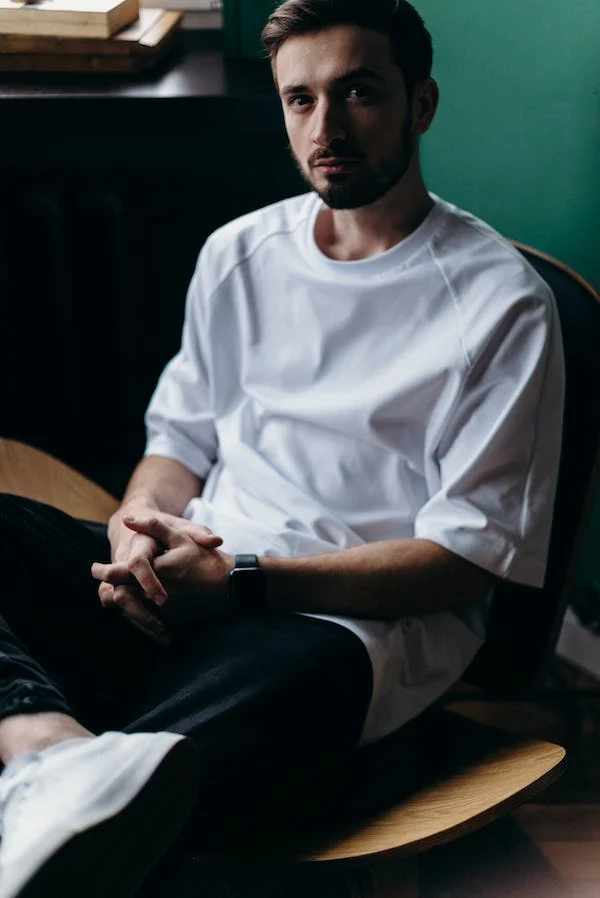
Known for its short, straight sides and flat, levelled crown, this hairstyle has come to represent tough masculinity and military accuracy. The flattop, which gained popularity in the middle of the 20th century, especially in the years following World War II, emanates strength, authority, and discipline.
The flattop, which was first worn by military personnel, progressively gained appeal among civilians and came to represent athleticism and a no-nonsense demeanour. The timeless aesthetic of the flattop is reflected in its ability to inspire contemporary variations through its clean lines and structured silhouette.
6- The Ducktail:
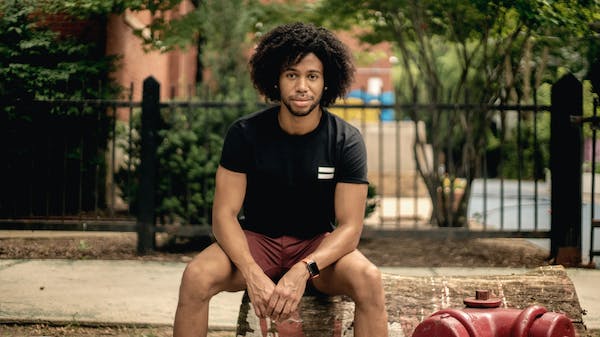
Often referred to as the D.A. (Duck’s Ass), this hairstyle gained notoriety in the 1950s as a symbol of rock ‘n’ roll swagger and rebellious youth culture. The ducktail, with its slicked-back sides and a well-groomed, upward-swept back, is a symbol of nonconformity, confidence, and defiance. The ducktail, made famous by icons like James Dean and Elvis Presley, came to represent freedom, individualism, and a rejection of conventional norms, and it became closely associated with the emerging counterculture movement. The ducktail continues to captivate the imagination of both past and present generations, as it is an iconic symbol of youthful rebellion and rockabilly style, even in the face of changing fashion trends.
7- The Shag:
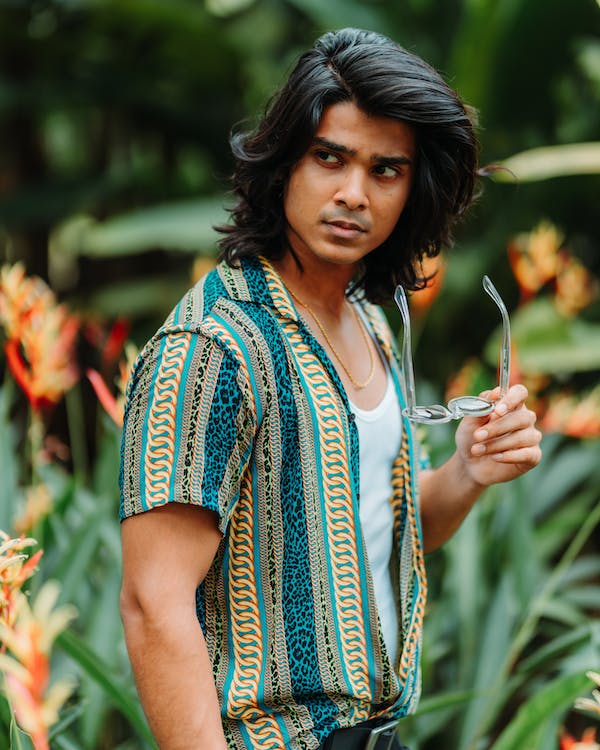
During the 1960s and 1970s, Jim Morrison, Mick Jagger, and Rod Stewart brought the shag haircut to the forefront, making it one of the most fashionable looks of the time. But when the 1980s rolled around, the mullet took over and eclipsed the shag. Now, in an interesting turn of events, shag hair has become more popular again thanks to the mullet renaissance.
Give in to letting your hair flow and move with the shag, and bid adieu to precise lines and structured looks.
The layers and texture of the shag are what make it so great, so leave your mane in the capable hands of a talented stylist. Look through Instagram to find local stylists and barbers who specialise in creating the ideal shag.
8- The Victorian Middle Part:
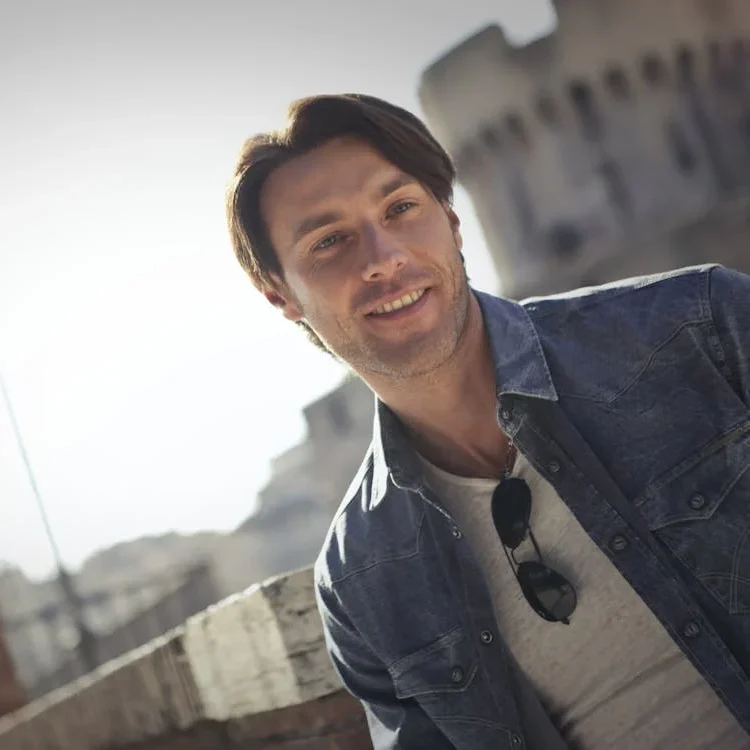
Gentlemen in the 19th century frequently preferred a centre part or a slightly off-centre part for their hair before side parts became popular. They used heavy oil pomades, which did more than just smooth down their hair; they made waves that looked like the ocean after an oil spill. It feels like this fashion hasn’t graced heads in almost a century.
But the 1990s middle-part curtain style has been making a comeback lately, raising the question, “Why not bring back the shorter, heavily-pomaded middle part as well?”
The difficulty arises from the fact that this specific middle part hairstyle is closely linked to a distinct era—a time characterized by a formal approach even in casual men’s attire. As a result, the middle part may seem incongruous unless complemented by formal clothing. However, this very association may contribute to its allure—especially considering its adaptability when combined with different facial hair styles.
